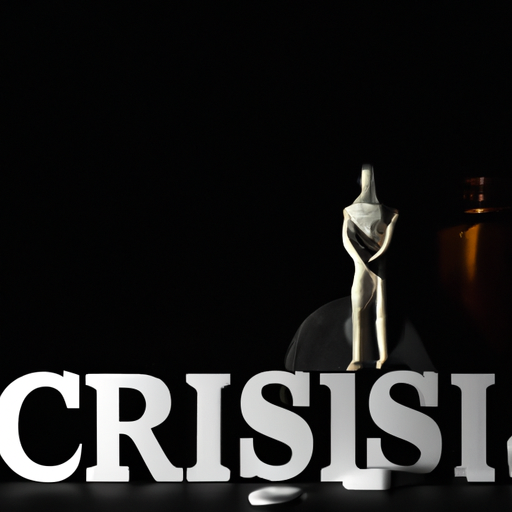The Opioid Crisis in Canada: A Looming Specter and the Fight Against It
Canada is in the throes of an escalating opioid crisis, a complex public health issue that has sparked an intense urgency to design targeted and multifaceted interventions. The problem has become increasingly compounded by the detection of opioids 25 times more powerful than Fentanyl in the Quebec City region.
A Worrying Trend
In a recent piece by the The Hamilton Spectator, the findings of the Quebec Poison Control Centre were highlighted, revealing the appearance of new, potent opioids on the streets. At the heart of this disconcerting revelation are two variations of the synthetic opioid, carfentanil, found in Quebec’s illicit drug market. As part of this alarming upward trend, the Hamilton area has not been exempt from the scourge of the opioid crisis, confronting a significant rise in opioid-related harms.
Devastating Effects
The effects of the opioid crisis lie in its ability to leave devastating imprints on people, families, communities, and the overall public health and safety of the population. The implications of this crisis are broad and multisectoral, underscoring the necessity for an integrated response.
Key effects of the opioid crisis include:
- Opioid Overdoses and Deaths: The escalating potency and volume of opioid drugs correlates with an increase in the number of overdoses and subsequent deaths.
- Public Health Crisis: With a rise in opioid-related harms, pressure mounts on the healthcare system, emergency services, and public health infrastructure.
- Social and Economic Impacts: The opioid crisis leads to an increase in crime, homelessness, and significantly affects employment and productivity within communities.
Counteracting the Crisis
Various jurisdictions across Canada, including Hamilton, have initiated a multitude of strategies to combat the opioid crisis. These synergistic approaches aim to reduce supply and demand, mitigate the harms associated with opioid use, and strengthen societal resilience against the complication of future crises.
Policies and Law Enforcement
The Controlled Drugs and Substances Act (CDSA) has equipped law enforcement with the necessary tools to tackle the illicit drug supply. Additionally, the Canadian opioid abatement class action holds pharmaceutical companies accountable for their role in the opioid crisis through the courts.
Public Health Initiatives
Increasing access to naloxone – a lifesaving medication that can quickly restore the breathing of an individual experiencing a suspected opioid overdose – has been a focal point in many public health initiatives.
Treatment and Support Services
An array of treatment and support services has been made readily available in an attempt to reduce drug dependence and facilitate recovery. These services include addiction treatment programmes, counseling services, community outreach programmes, and other health and social services.
Continued efforts
The detection of opioids more potent than Fentanyl in the Quebec City region undeniably exacerbates the current situation and provides fresh impetus for a unified, comprehensive, and persistent response to the crisis. The continued efforts in policy and law enforcement, public health initiatives, and treatment and support services must remain at the forefront of our response to the opioid crisis.
Final Thoughts
The Canadian opioid crisis, exacerbated by the detection of opioids much more potent than Fentanyl, represents a formidable challenge to the safety, health, and prosperity of communities. The crisis has triggered an increased number of overdoses and deaths, raised public health concerns, and resulted in severe social and economic impacts. In combating this serious issue, Canadian jurisdictions are actively employing policy and law enforcement measures, public health initiatives, and treatment and support services.
The fight against the opioid crisis requires the collective efforts of policy-makers, law enforcement, healthcare providers, and community leaders. Together, we have the responsibility and the potential to stem the tide of this detrimental crisis.
